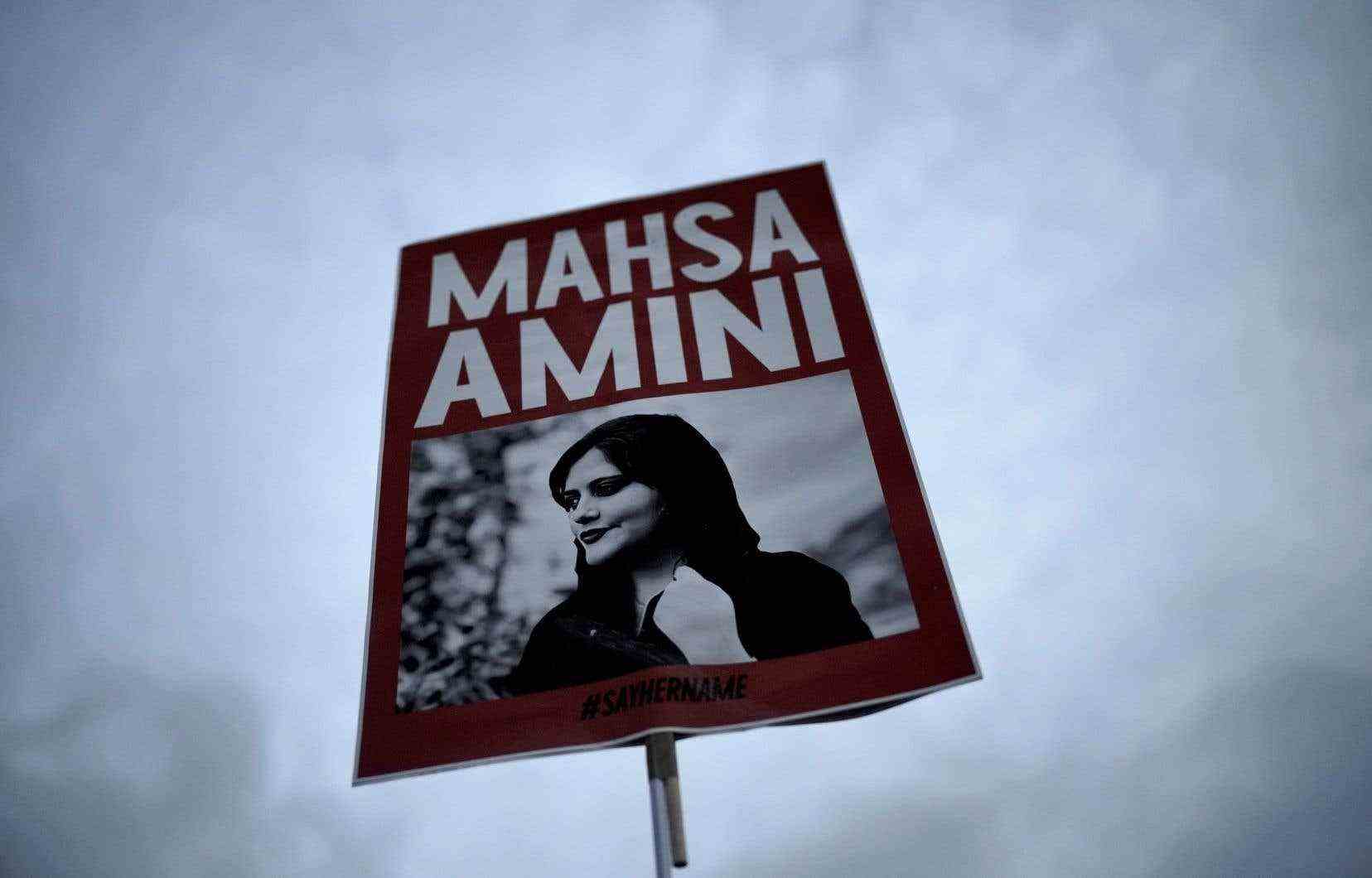The Iranian Parliament and Judiciary are working on the issue of the compulsory wearing of the veil for women, announced the public prosecutor, promising rapid results, without specifying in what direction the law could be modified.
Iran has been in turmoil since the death of Mahsa Amini, a 22-year-old Iranian Kurd who died on September 16 after her arrest by vice police for violating the Islamic Republic’s dress code, requiring women to wear the veil in audience.
Since then, Iranian women have spearheaded protests, shouting anti-government slogans, removing and burning their headscarves.
“Parliament and the judiciary are working” on this issue, said Attorney General Mohammad Jafar Montazeri, quoted by the Isna news agency on Friday. He did not specify what could be changed in the law, especially since ultra-conservative President Ebrahim Raisi has already imposed new clothing restrictions.
The veil became compulsory in Iran in 1983, four years after the 1979 Islamic revolution. to “spread the culture of decency and the hijab”.
The Attorney General has announced an upcoming date for the results of the examination on the compulsory wearing of the hijab. “For example, we had a meeting with the Parliament’s Cultural Committee on Wednesday and we will see the results in a week or two,” he said in a speech in Qom, south of Tehran.
This ultra-conservative called on the “families of the martyrs” and the “Hawzah” (seminars for the study of Shiite Islamic values), to demand action from the executive bodies in the fight against disobedience to the wearing of the veil.
For his part, President Raisi said Saturday in Tehran during a conference: “Our constitution has solid and immutable values and principles. […] But there are methods of implementing the constitution that can be changed.”
Since the death of Mahsa Amini and the protests that followed, a growing number of women are baring their heads, especially in the upscale north of Tehran.
